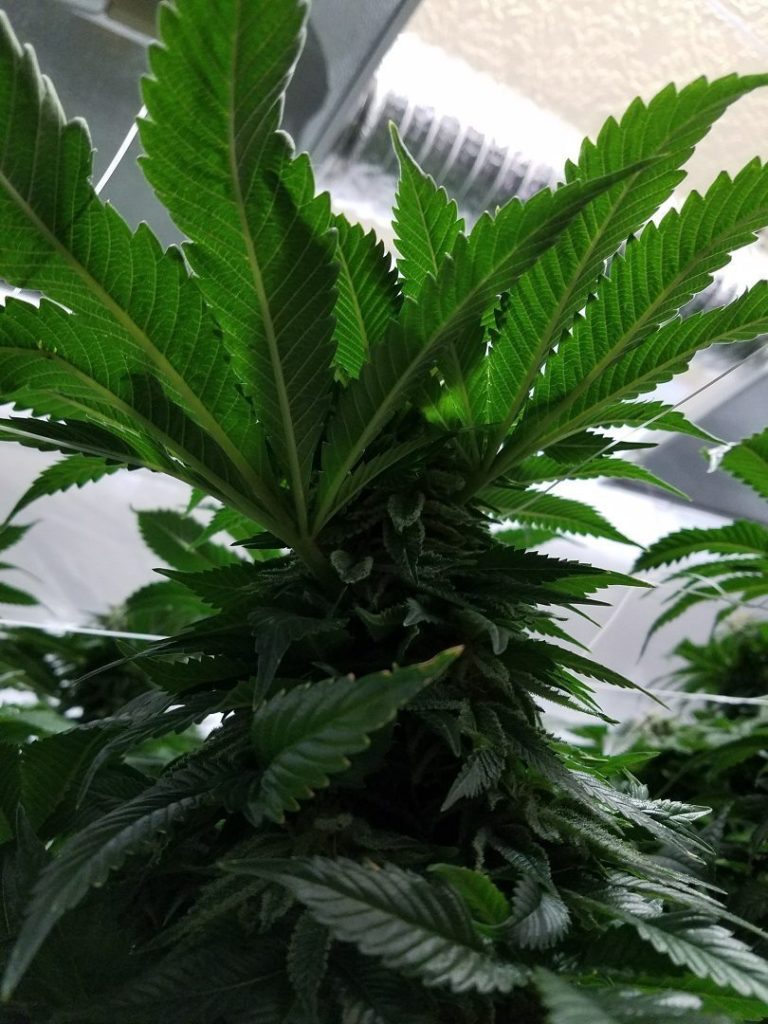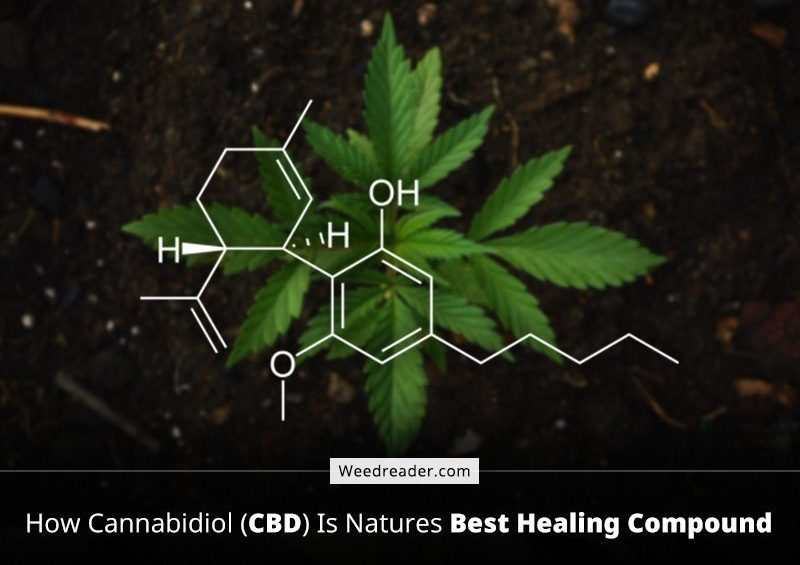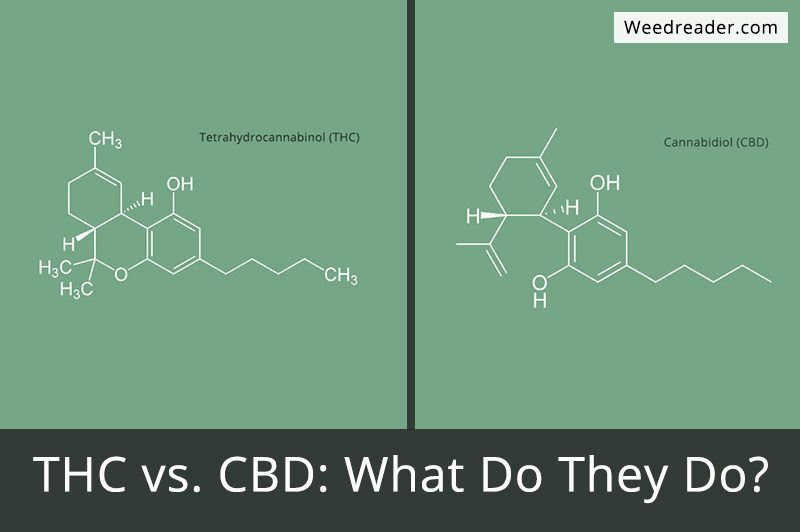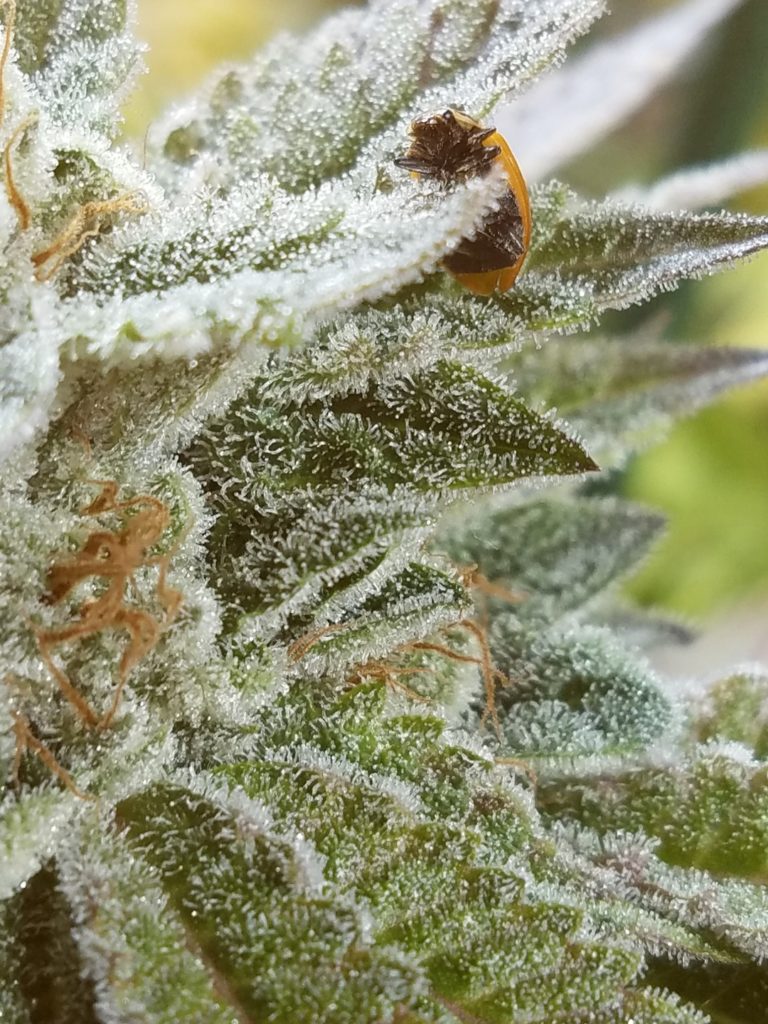What is CBD?
Cannabidiol (CBD) is a naturally occurring compound found in cannabis plants.Scientific research over the last few decades has shown that Cannabidiol has dozens of medical benefits. Cannabidiol is one of over 60 compounds found in cannabis. Both THC and CBD belong to a class of molecules called cannabinoids.
Of the known cannabinoid compounds, CBD and THC are usually present in the highest concentrations, and are therefore the most recognized and studied. The difference between CBD and THC comes down to how they interact with the cannabinoid 1 (CB1) receptors. Cannabidiol inhibits the interaction of CB-1 receptors throughout the body with a major focus on receptors in the central nervous system.

How does CBD work in the body?
Cannabinoid receptors are cell membrane receptors that contain transmembrane spanning properties. Cannabinoid receptors are activated by three groups of ligands (a molecule that binds to another molecule): endocannabinoids that are produced inside the mammalian body, cannabinoids produced in plants and synthetic cannabinoids. Because CB-1 receptors bind with all three types of cannabinoids, one source can be supplemented for the other to provide medical benefit to patients.
The endocannabinoid system is a vast network of cell receptor proteins and serves many functions. CB-1 receptors are heavily concentrated in the central nervous system. Others types of cannabinoid receptors are found all over the body. They’re in every humans skin, digestive tract, and even in their reproductive organs. All of the endocannabinoids and plant cannabinoids bind to fatty compounds in the body. The binding properties of cannabinoids are why THC and CBD remain in a person’s system for so long.
How does CBD work in the brain?
Cannabidiol has low binding affinity for CB1 receptors. THC binds well with CB1 cannabinoid receptors but CBD does not. This is why one (THC) will cause a high and the other (CBD) will not. While this makes Cannabidiol a bad choice for recreational users, it is a significant advantage for use as a medicine. The high associated with cannabis is generally considered a side effect.
Since health professionals prefer treatments with minimal side effects. CBD is seen by most medical professionals as preferable to THC. CBD is non-psychoactive because it doesn’t act on the same pathways as THC. These pathways, called CB1 receptors, are highly concentrated in the brain and are responsible for the mind-altering effects of THC.

What does CBD do?
The fact that Cannabidiol-rich cannabis is non-psychoactive or less psychoactive than THC-dominant strains makes it an appealing option for patients who want to avoid the stereotypical feelings associated with consuming cannabis.
Scientific and clinical research underscores Cannabidiol’s potential as a treatment for a wide range of conditions. People looking for relief from inflammation, pain, anxiety, psychosis, seizures, and other conditions without disconcerting feelings of lethargy find Cannabidiol to be an effective treatment.
Conditions including arthritis, diabetes, alcoholism, MS, chronic pain, schizophrenia, PTSD, depression, antibiotic-resistant infections, epilepsy, and other neurological disorders find the most relief from treatments. This is because CBD has demonstrable neuroprotective and neurogenic effects along with anti-cancer properties. These properties are currently being investigated at several academic research centers around the world.
How does CBD treat all these health issues?
The biggest distinction between CBD vs. THC comes down to a basic difference in how each one interacts with cannabinoid 1 (CB1) receptors. THC binds well with CB1 cannabinoid receptors while CBD does not. Think of it like an electrical plug connecting to an outlet.
A THC molecule is perfectly sized to connect with CB1 receptors. When that connection happens, THC stimulates those CB1 receptors like turning on a switch. THC works to activate those CB1 receptors.Cannabidiol works in a different way. It doesn’t act directly to activate or suppress CB1 receptors. Instead, it acts to suppress the CB1-activating qualities of a cannabinoid like THC. So while THC turns on CB-1 receptors like sticking a key in an outlet, CBD blocks the outlet.

If CBD is so good, why isn’t it more mainstream?
Even though CBD shows great promise as a medicine, it remains illegal in most of the world. CBD is classified as a Schedule I drug (right beside THC) in the United States and a Schedule II drug in Canada and the UK.
The US government has been studying CBD for a while and fund most of the science going on stateside due to the difficulties associated in researching a schedule 1 substance. Even with the challenges, intrepid researchers have identified dozens of conditions that can be treated or cured using Cannabidiol.
A team of researchers at the California Pacific Medical Center, led by Dr. Sean McAllister, has stated that they hope to begin trials on CBD as a breast cancer therapy. Due to the challenges of navigating the FDA, they are fighting an uphill battle.
If CBD is great as medicine, why aren’t more drug companies using it?
All is not dark for CBD research. The U.S. Food and Drug Administration recently approved a request for a clinical trial of a CBD based drug. The drug in question is a pharmaceutical version of CBD used to treat children afflicted with rare forms of epilepsy. The drug is called Epidiolex and is made by GW Pharmaceuticals. GW Pharmaceuticals also makes another cannabis-based drug called Sativex.
Even with approval of trials for Cannabidiol based meds, the U.S. Drug Enforcement Agency (DEA) made it clear that marijuana-based extract is still considered a Schedule I drug under federal law. They made sure to say in a Dec. 2016 address that the ban includes CBD oils and other types of CBD-rich extracts.

What does the future of CBD look like?
In general, far more research is needed to figure out all of the effects cannabis has on our bodies. But, to say that our overall understanding of CBD is “lacking” would be an understatement. In the midst of medical and recreational legalization happening in the US state by state, the federal stance on cannabis remains staunchly opposed. While the UK classifies CBD as a schedule 2 substance, the US still tightly holds to its schedule 1 status of all things cannabis.
A pharmaceutical version of Cannabidiolwas recently developed by a drug company based in the UK. The UK based company, GW Pharmaceuticals, is now funding clinical trials on Cannabidiol as a treatment for schizophrenia and certain types of epilepsy through the significantly easier UK process.
Only time will tell if cannabis will become a mainstream medical tool in the future. With political pressure and overwhelming public support for legalization, there has been a lot of gains in recent years. As legislation moves cannabis out of the darkness and into the limelight, government agencies like the FDA will have to reevaluate how they have classified cannabis. Thanks for reading.









